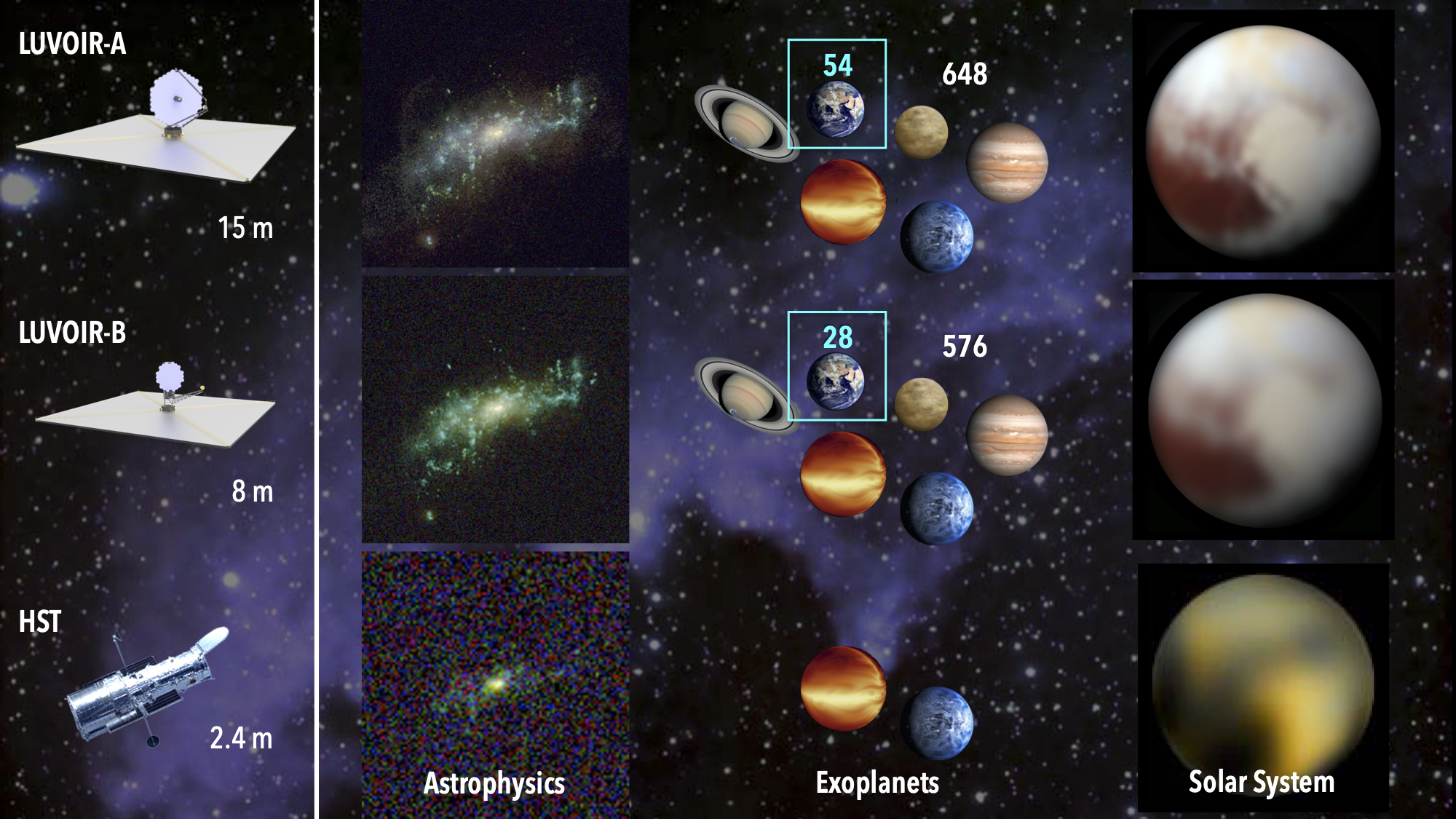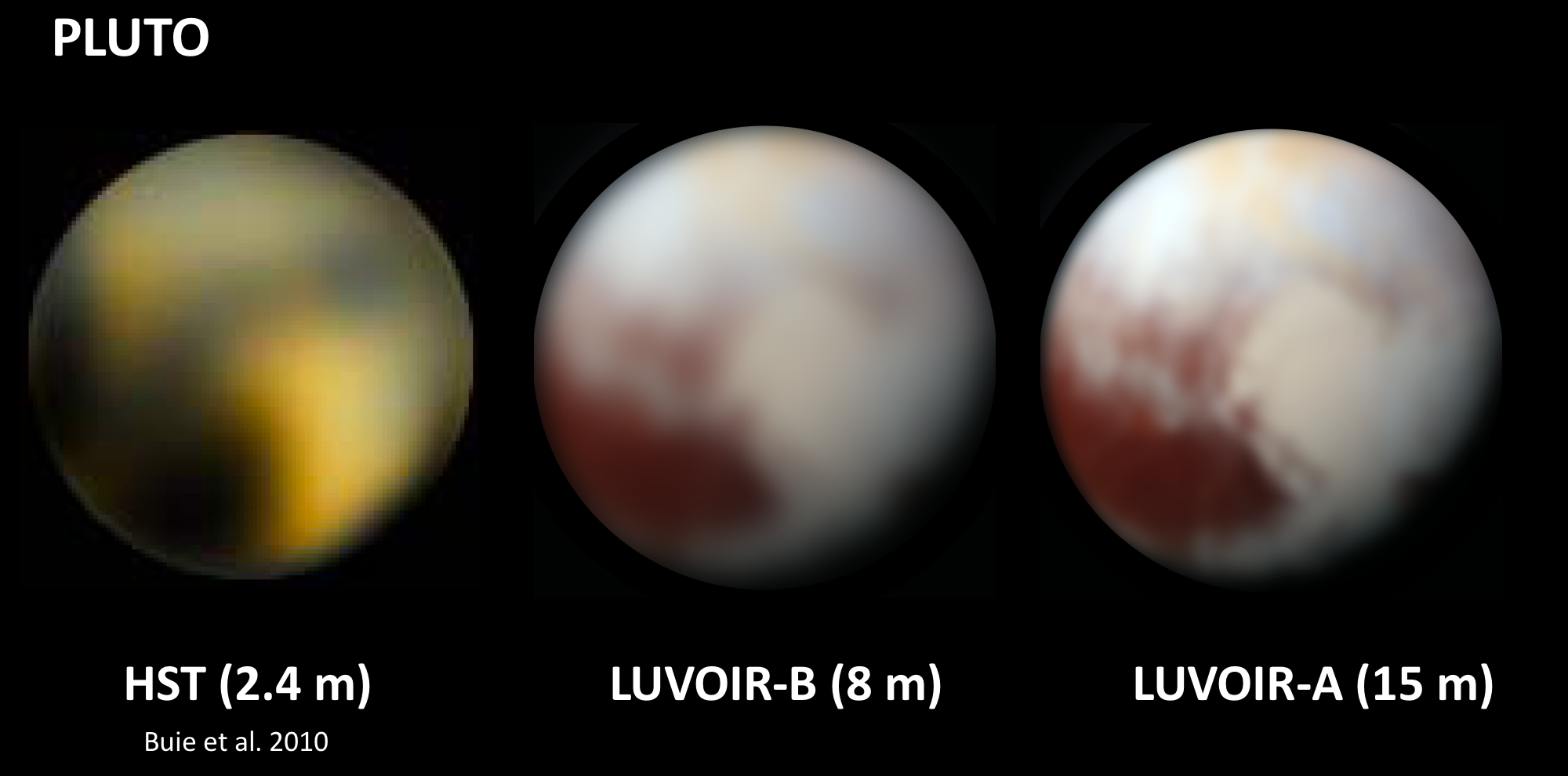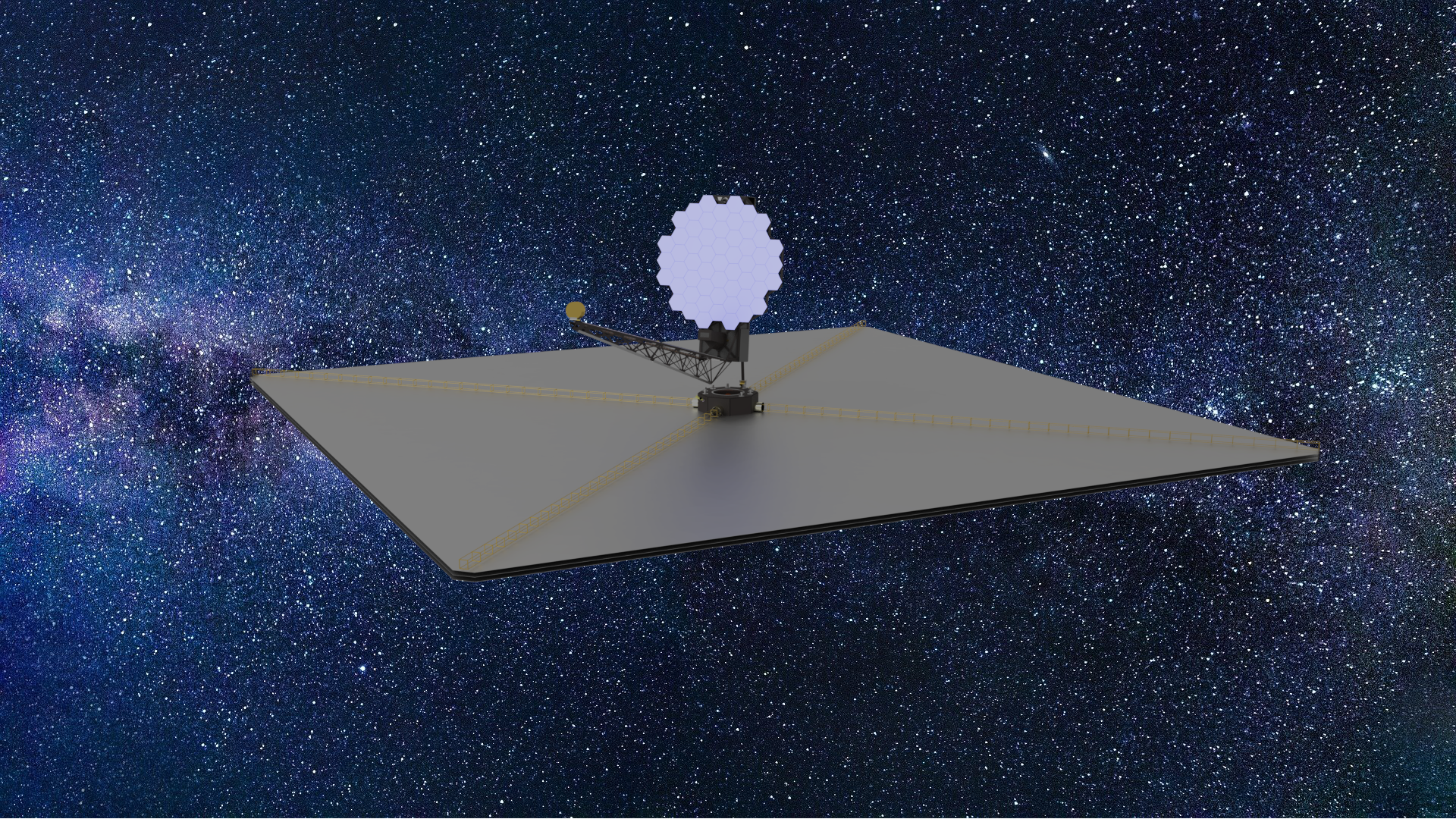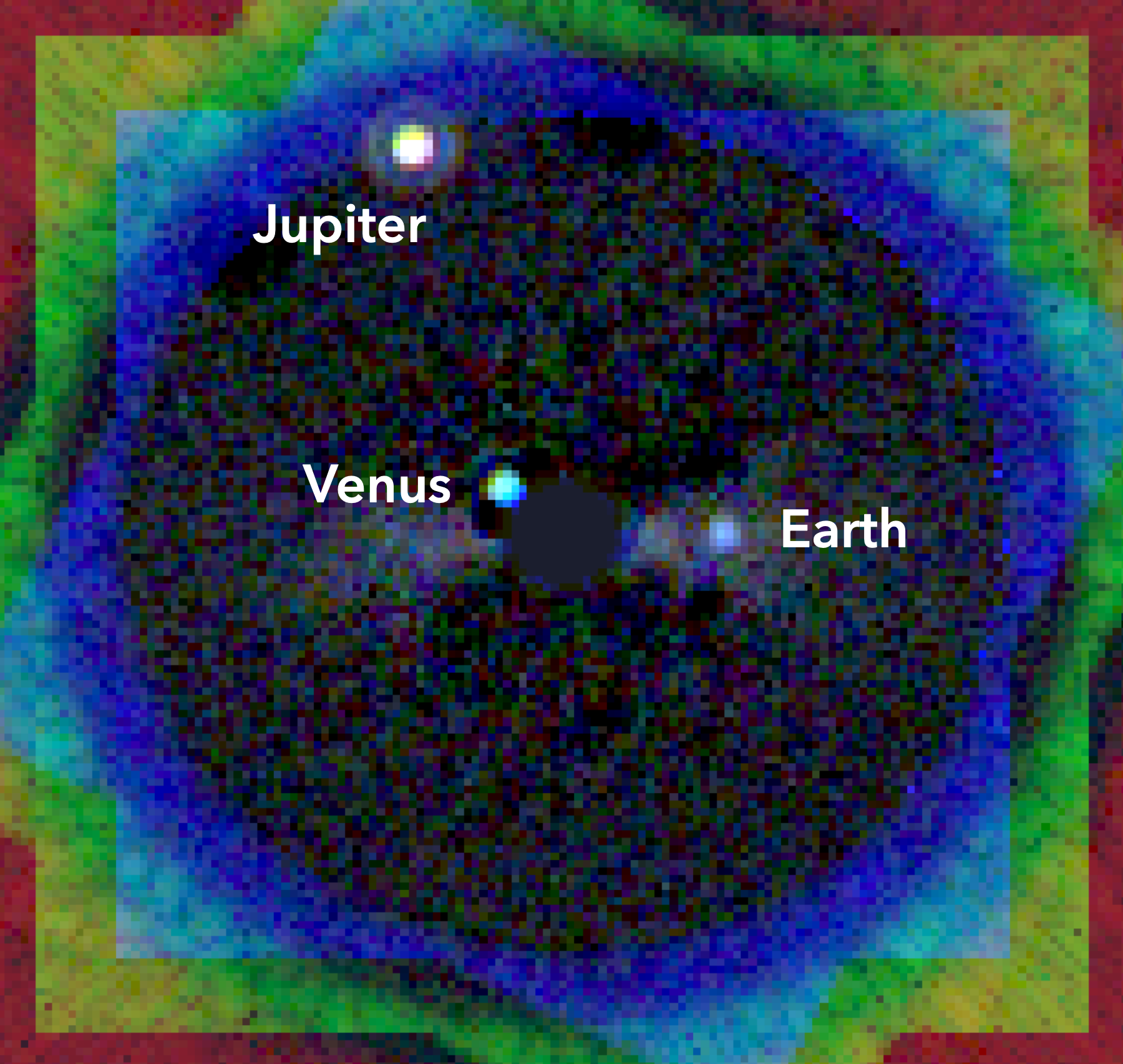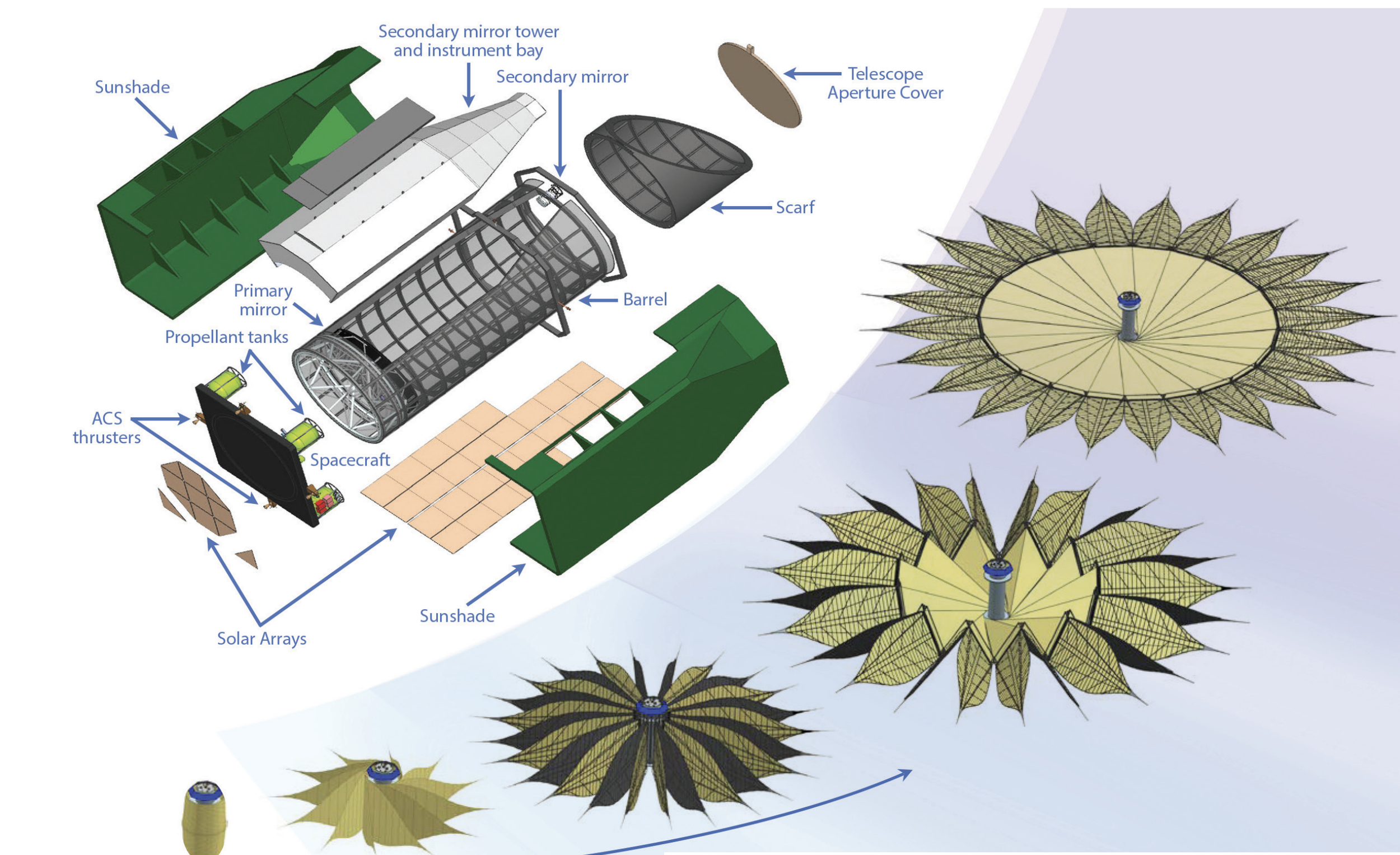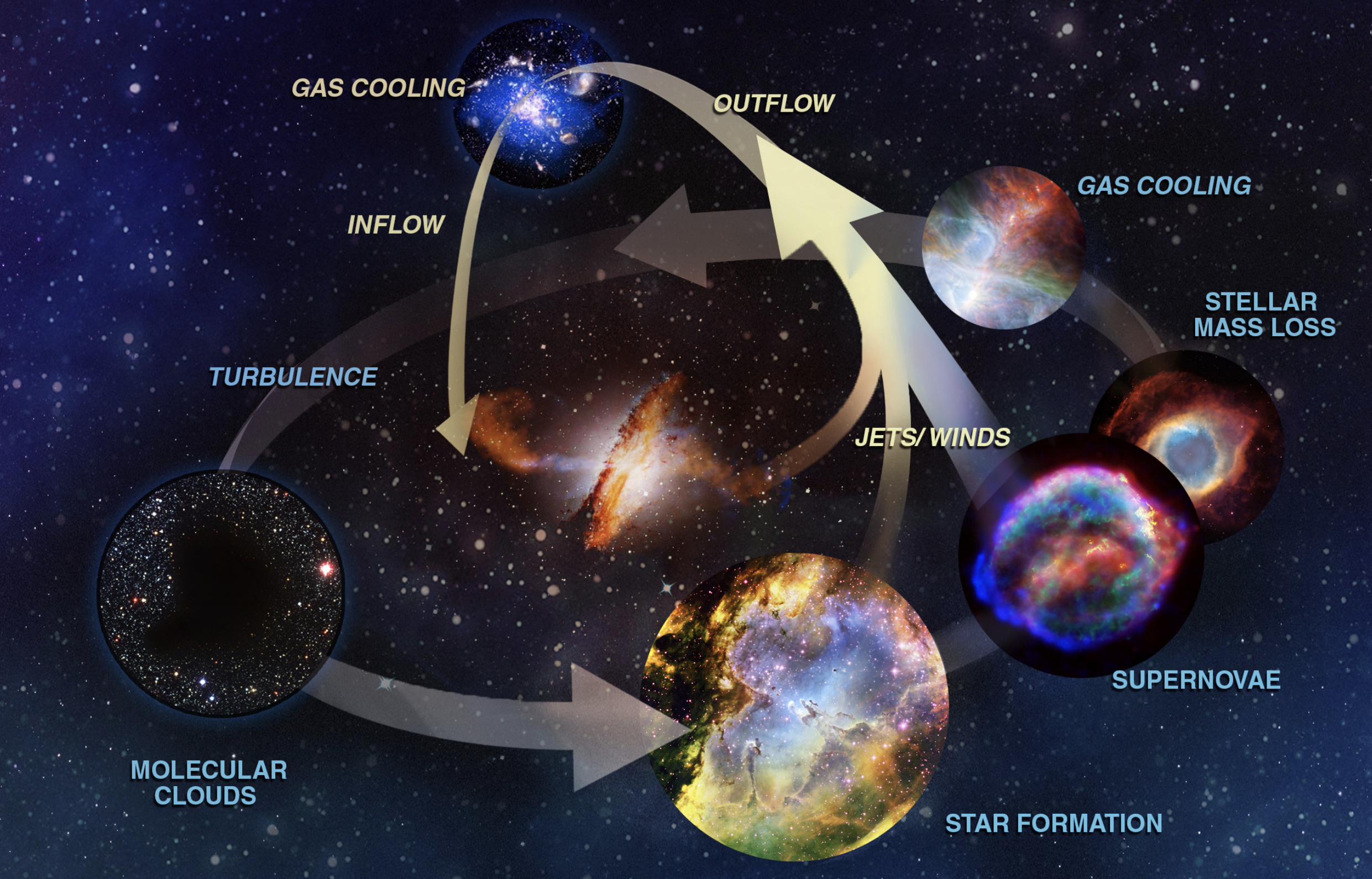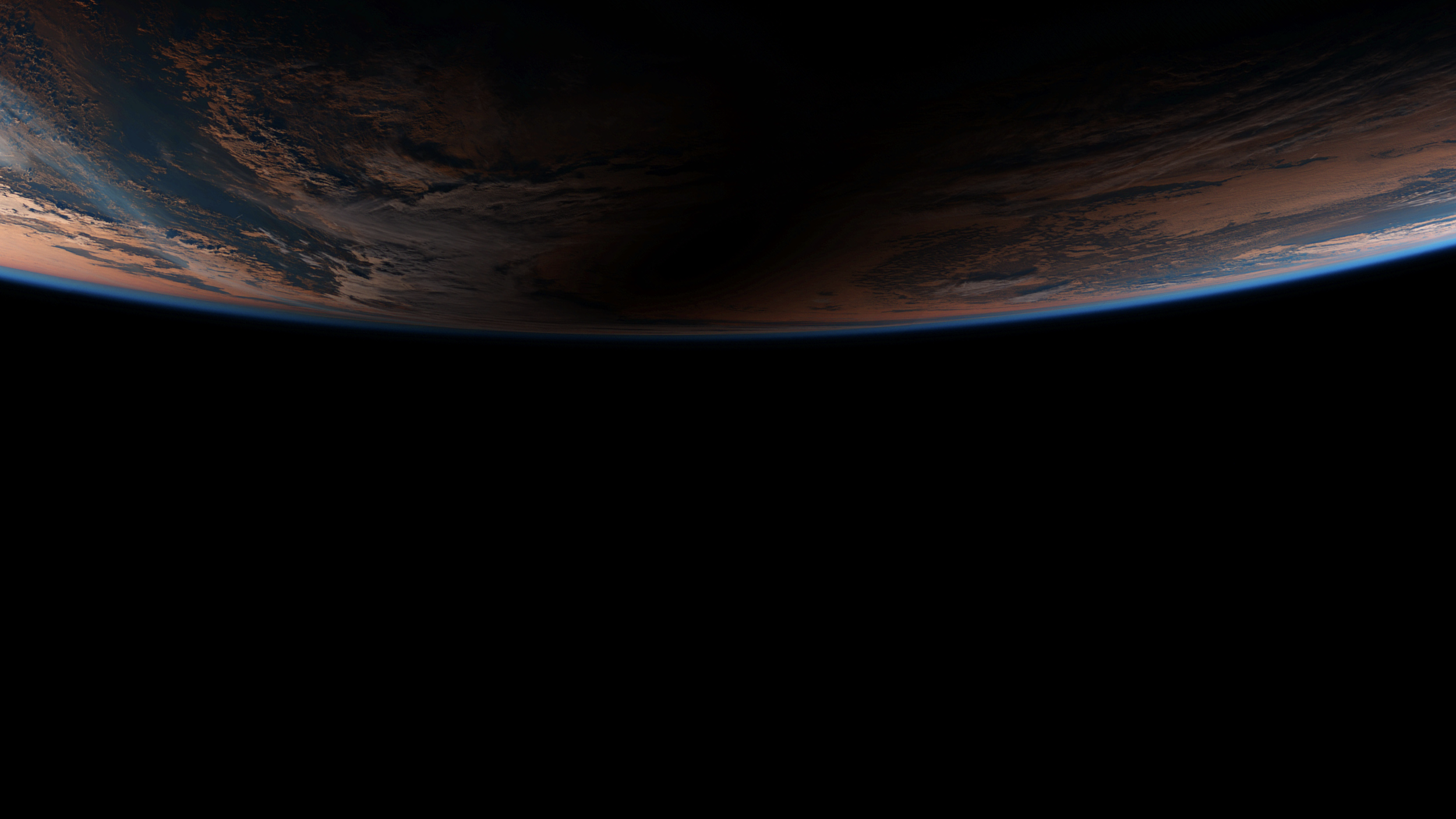
— Astro2020’s language in recommending the IR/O/UV Great Observatory as the first entrant to the maturation program.
In recommending a “~6 meter IR/O/UV Observatory optimized for exoplanets and general astrophysics” as the first entrant to the maturation program, Astro2020 gave life to what will become one of the most powerful spaceborn observatories ever conceived. The IR/O/UV Observatory will directly image planetary systems around Sun-like stars, including Earth-like exoplanets, and characterize their atmospheric content. By measuring the spectra of these planets, the IR/O/UV Observatory will search for signatures of habitability such as water, and be sensitive to gases in the atmosphere possibility indicative of biological activity, such as oxygen or ozone.
In addition to the search for life on Earth-like exoplanets, the IR/O/UV Observatory will enable a broad range of general astrophysics, from studying the earliest epochs of the history of the Universe, to understanding the life cycle and deaths of the most massive stars, which ultimately supply the elements that are needed to support life as we know it.
Astro2020’s prioritization is largely inspired by the LUVOIR and HabEx Large Mission Concepts. These two missions achieve high-contrast imaging through very different techniques, but ultimately pursue the same ultimate question: Are we alone?
Over the coming years, this page will grow as precursor science programs, analyses of alternatives, and architecture trades determine what the IR/O/UV Observatory will ultimately look like. For now, learn more from the inspiring pages of. the LUVOIR and HabEx Final Reports below.
